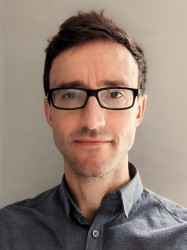BibTex format
@article{Donat:2017:10.3389/fnagi.2017.00208,
author = {Donat, CK and Scott, G and Gentleman, S and Sastre, M},
doi = {10.3389/fnagi.2017.00208},
journal = {Frontiers in Aging Neuroscience},
title = {Microglial activation in traumatic brain injury},
url = {http://dx.doi.org/10.3389/fnagi.2017.00208},
volume = {9},
year = {2017}
}

